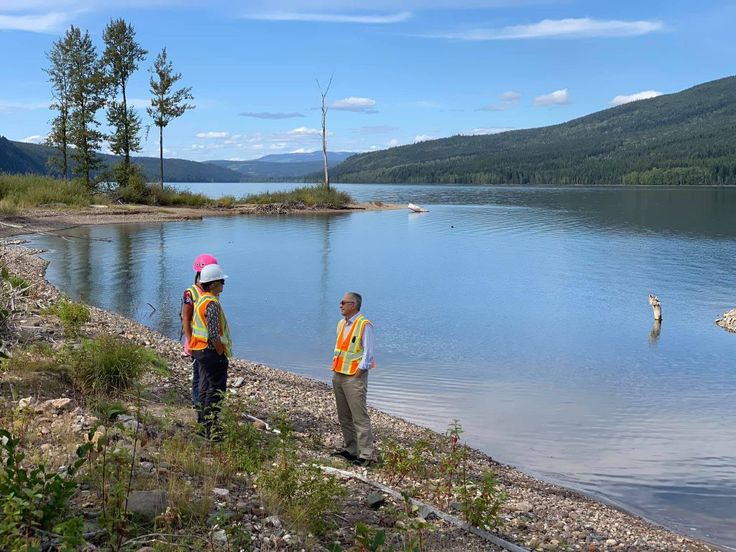Detailed site investigations (DSIs) are critical to the success of any construction or environmental project. They provide essential data that informs design, risk assessment, and regulatory compliance. However, even seasoned professionals can encounter pitfalls that lead to costly delays, safety issues, and unforeseen complications. In this blog post, we’ll explore some of the common pitfalls in detailed site investigations and provide strategies for avoiding them.

1. Insufficient Planning
The Pitfall:
One of the most common mistakes is diving into a site investigation without a comprehensive plan detailed site investigation. Insufficient planning can lead to missed data, unexpected costs, and project delays.
How to Avoid It:
- Develop a Detailed Scope of Work: Clearly define objectives, methods, and deliverables. Involve all stakeholders to ensure alignment on goals.
- Conduct Preliminary Research: Gather existing data, such as previous site assessments, regulatory requirements, and environmental conditions.
2. Inadequate Sampling Techniques
The Pitfall:
Using inappropriate sampling methods can result in unrepresentative data, compromising the investigation’s reliability.
How to Avoid It:
- Use Proven Sampling Protocols: Follow established guidelines relevant to the type of investigation, whether it’s geological, environmental, or geotechnical.
- Ensure Proper Equipment: Regularly calibrate and maintain sampling tools to guarantee accurate results.
3. Neglecting Regulatory Requirements
The Pitfall:
Overlooking local, state, or federal regulations can lead to legal issues and project setbacks.
How to Avoid It:
- Stay Informed: Keep up to date with relevant regulations and standards that apply to your project.
- Engage with Regulatory Bodies Early: Consult with agencies during the planning phase to ensure compliance and avoid last-minute changes.
4. Underestimating Time and Costs
The Pitfall:
Many projects run over budget and schedule due to underestimated time and resource requirements for the investigation.
How to Avoid It:
- Create a Realistic Timeline: Factor in all phases of the investigation, including potential delays due to weather or regulatory approvals.
- Include Contingency Plans: Allocate additional budget and time for unforeseen challenges.
5. Poor Communication Among Team Members
The Pitfall:
Lack of communication can lead to misunderstandings, duplicated efforts, and missed opportunities to gather crucial data.
How to Avoid It:
- Establish Clear Communication Channels: Use collaborative tools and regular meetings to ensure everyone is on the same page.
- Assign Roles and Responsibilities: Clearly define who is responsible for each aspect of the investigation to minimize confusion.
6. Ignoring Historical Context
The Pitfall:
Failing to consider the historical use of a site can result in overlooking potential contaminants or structural issues.
How to Avoid It:
- Conduct Historical Research: Investigate the site’s past uses and any previous investigations. This context can highlight potential risks.
- Consult Local Experts: Engage with local historians or environmental specialists who may provide valuable insights into the site’s history.
7. Skipping Quality Control Measures
The Pitfall:
Inadequate quality control can compromise data integrity, leading to flawed conclusions.
How to Avoid It:
- Implement Quality Assurance Procedures: Establish protocols for data collection, analysis, and reporting to ensure accuracy.
- Review Findings Regularly: Conduct interim reviews of data to identify inconsistencies or areas needing further investigation.
Conclusion
Avoiding these common pitfalls in detailed site investigations is crucial for the success of any project. By prioritizing careful planning, effective communication, and regulatory compliance, you can ensure that your site investigation yields reliable data that informs your project’s next steps. Remember, the success of your investigation not only impacts project timelines and budgets but also the safety and sustainability of the final outcome. With diligence and foresight, you can navigate these challenges and achieve a successful site investigation.
4o mini